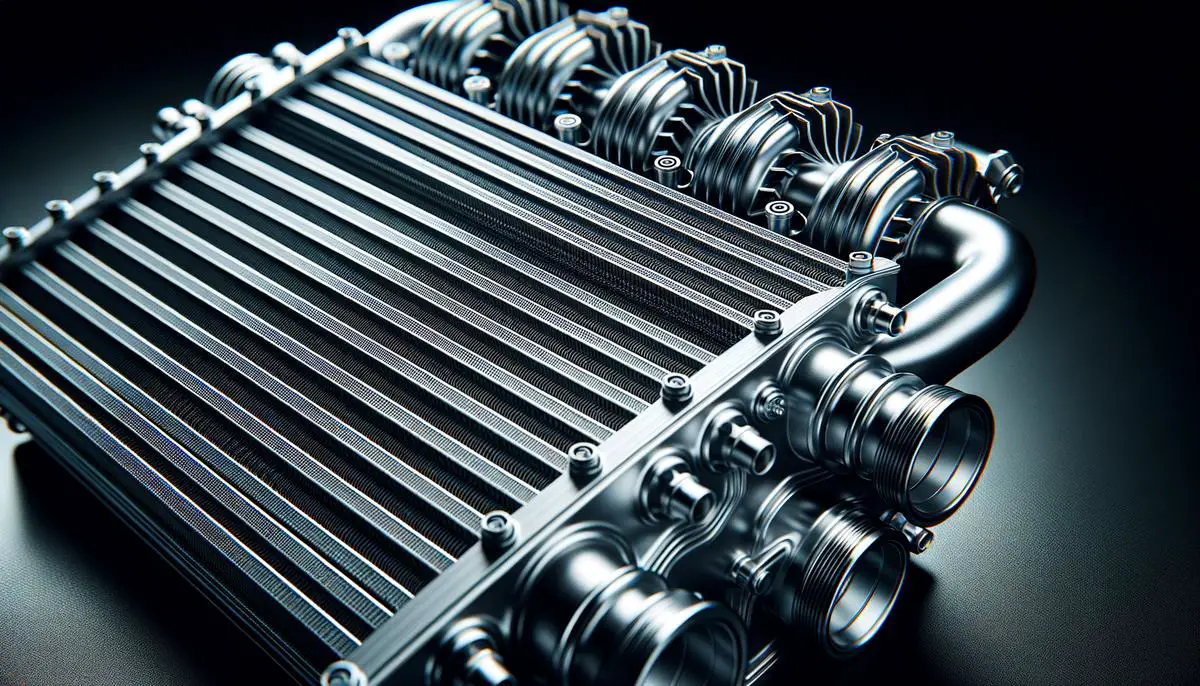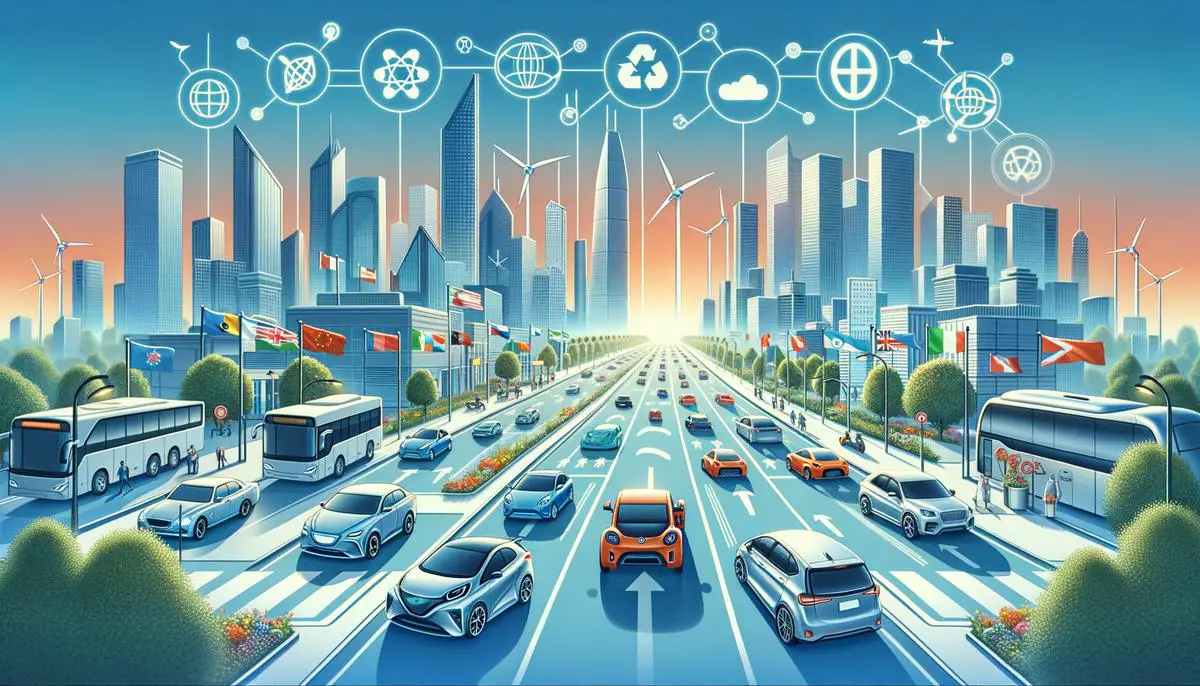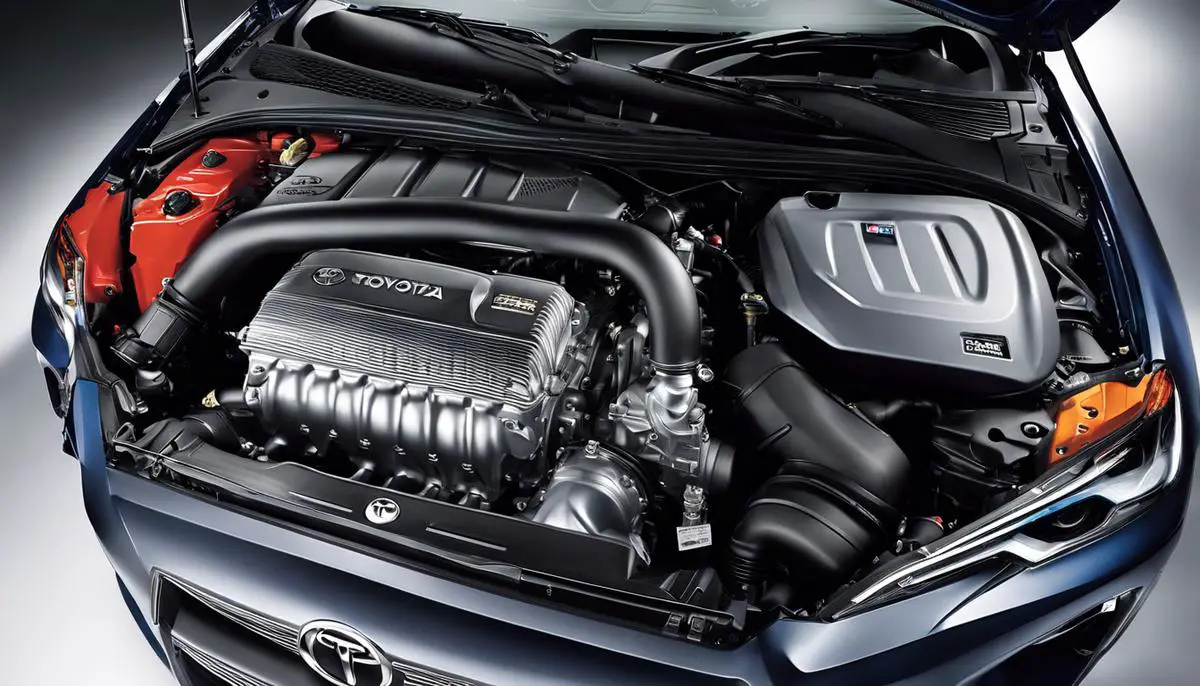Intercoolers in turbocharged engines are akin to the unsung heroes of automotive performance, quietly working behind the scenes to ensure your vehicle operates at its peak. This piece sheds light on how these critical components function to cool down the air, making it denser for better combustion, and ultimately enhancing the engine’s efficiency and longevity. It’s a journey through the mechanics of turbocharged engines, where the intercooler plays a pivotal role in managing the balance between power and preservation.
Contents
The Role of Intercoolers in Turbocharged Engines
Intercoolers play the role of a superhero for turbocharged engines, kicking into action when things get too hot to handle. Picture this: when a turbo pushes air into the engine, it’s like stuffing more people into an already packed elevator – the temperature rises. Now, enter the intercooler, acting like an air conditioner for that crowded elevator, cooling things down so everyone’s comfortable and the ride is smooth.
This drop in temperature does more than just prevent the engine from sweating. It makes the air entering the engine denser. Think of it like making a thick smoothie out of thin air; the denser the mixture, the more power your engine gets from every gulp. It’s like fueling up on a hearty breakfast instead of just having a cup of coffee; you just go further.
But why does cooler air matter? Well, cooler air holds more oxygen, and in the world of engines, oxygen is the lifeblood of combustion. It’s the difference between a sparkler and a firework. More oxygen means a stronger, more powerful explosion every time the engine fires.
This performance boost isn’t just about making your car faster off the lights – though that’s a fun perk. It’s also about keeping your engine running like a dream over the long haul. By taking the heat off, literally, intercoolers help prevent wear and tear on engine components. They’re ensuring everything from the pistons to the turbo itself stays in tip-top shape, avoiding early retirement.
Different types of intercoolers get this job done in various ways, but they all have the same goal: to get that air as cool and dense as possible before it does its job in the engine. Some use air to do this, pulling heat away as it flows over fins in the intercooler. Others use a liquid to whisk away the heat, much like your car’s radiator does to keep the engine itself cool.
No matter the method, the result is an engine that can breathe easier, run smoother, and last longer. It’s getting more “oomph” from every bit of fuel, turning hot, angry air into performance-boosting cold breath. Think of it as giving your engine a superpower, one deep breath at a time.

Types of Intercoolers and Their Differences
Diving straight into the heart of intercoolers, let’s talk air-to-air and air-to-water systems, which stand at the forefront of chilling your engine’s air intake. An air-to-air intercooler operates much like a car radiator, harnessing the outside air to reduce the temperature of the intake air. Easy to install and typically sitting at the front of the vehicle for maximal cooling, they’re hearty options for most street cars and those looking for reliable, long-term performance without breaking the bank.
On the flip side, the air-to-water intercooler, while not as common, packs a powerful punch in cooling efficiency. These systems use water to absorb heat from the intake air, making them ideal for vehicles with cramped engine bays or those that push their rides to the limit on tracks. Plus, since water transfers heat much more effectively than air, these coolers can significantly reduce intake temperatures, providing a noticeable boost in performance.
However, each type has its place and selection, hinging on where that fine line between necessity and desire for performance lies. For instance, while an air-to-air system might be effortless to slap onto a daily commuter due to its simplicity and low maintenance, pushing a high-performance sports car or a race vehicle may call for the more complex but efficient air-to-water system. Attention also needs to be paid to the installation space available and the climate in which you’re driving, as these will tilt the scales in favor of one system over the other.
Materials make the manner for intercoolers, too, with most being crafted from aluminum for its combo of lightweight strength and excellent thermal conductivity. This means faster cooling times without bogging down your vehicle with extra weight. Some heavy-duty or custom options might use other alloys or coatings to enhance performance or durability, especially in harsh conditions or for specialized applications.
To put this into perspective, consider performance requirements; drag racing monsters and track-day heroes will likely veer towards air-to-water intercoolers. Their ability to cool air rapidly between runs or maintain lower temperatures under strenuous conditions can make all the difference in shaving off precious seconds. Conversely, street cars and weekend warriors might find the less complex, more rugged air-to-air intercooler a perfect match. It offers a notable performance uplift without demanding special modifications or excessive upkeep.
Remember, an intercooler isn’t just an add-on; it’s an integral part of a vehicle’s performance fabric. Its type, materials, and execution directly influence not just how your car runs but how your engine thrives under pressure. With every psi of boost, these systems work tirelessly to ensure your turbo or supercharged setup lives up to its potential, extending the life of your engine while bolstering performance. So, whether it’s a straightforward bolt-on air-to-air system or a custom-designed air-to-water setup, choosing the right intercooler can dramatically shape your driving experience.
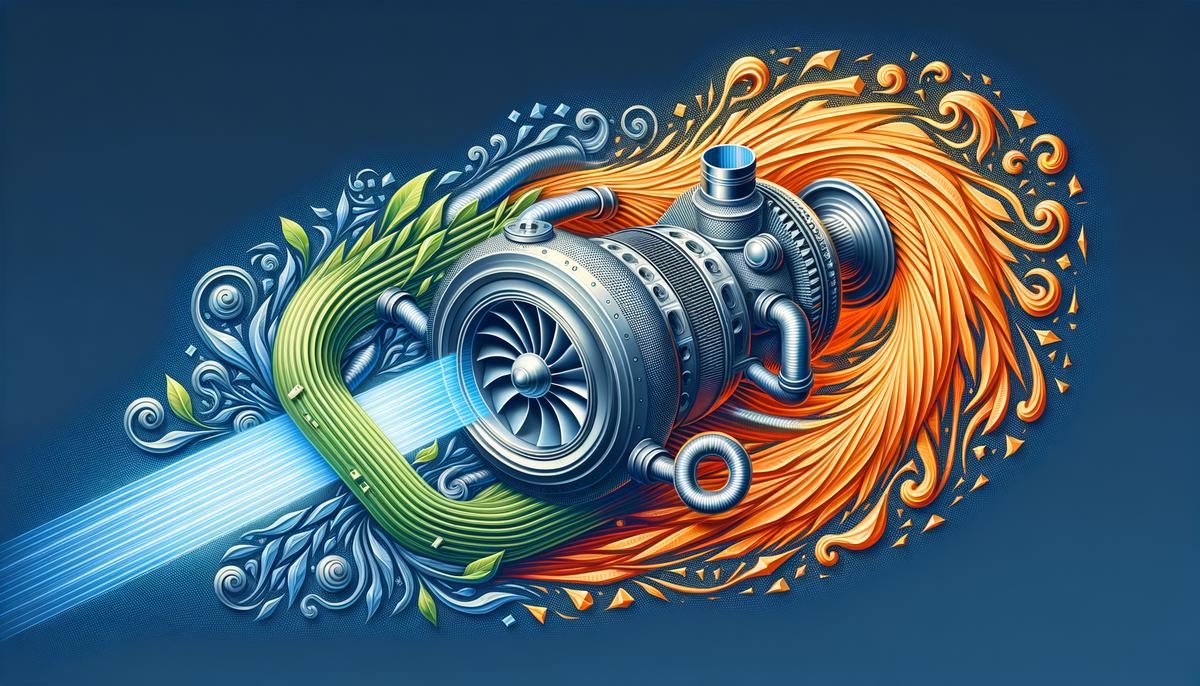
The Impact of Intercooler Design on Performance
Turning our focus towards the design specifics of intercoolers, the nozzle’s size and the intercooler’s core layout are of paramount significance in the turbocharging system. Optimal nozzle size can maximize airflow to the engine, affording it an unobstructed supply of cool air, critical for preventing power saps inherent in turbocharged units due to heat soak.
Intercoolers spread across a spectrum from compact designs that fit snugly into limited spaces to larger units engineered for high performance and efficiency. Bigger intercoolers can, under the right conditions, deliver more significant cooling effects, enhancing the engine’s breathing and performance capabilities. Nevertheless, there’s a fine line; too large an intercooler can introduce lag, especially noticeable in quick throttle responses, potentially neutralizing the benefits of cooler intake air with delayed turbo spool-up times.
Shape and airflow direction within the intercooler further fine-tune its effectivity. Manufacturers experiment with differing fin designs in the core—ranging from straight-through to zigzag patterns—each promising varying levels of heat exchange efficiency. The specific pattern selected often strikes a balance between maximizing surface area for heat dissipation, while keeping pressure drop at a minimum, ensuring the engine is always fed a consistent stream of cool air.
Placement is another critical design choice that influences intercooler performance. Front-mounted intercoolers enjoy fresh, unheated air but can reduce aerodynamic efficiency and demand more careful piping design to mitigate turbo lag. Conversely, top-mounted designs benefit from simpler piping and reduced lag but grapple with heat-soak from the engine bay, somewhat detracting from their cooling effectiveness.
Airflow management within the intercooler design can’t be understated. The ability of an intercooler to distribute air evenly across its entirety directly impacts its efficiency. Uneven air distribution can lead to hot spots, nullifying the intercooler’s overall effectiveness by allowing heated air to enter the engine.
Pressure drop, a critical factor, measures the difference in air pressure entering and exiting the intercooler. A high-pressure drop signifies that the intercooler may be too restrictive, limiting air flow to the engine and impairing performance. On the other hand, a lower-pressure drop signals an efficient passage through the intercooler but necessitates a check for adequate cooling performance.
Balancing these intricate design nuances—size, shape, placement, and airflow management—ensures that an intercooler can perform its duty effectively. Fusing these elements harmoniously leads to noticeable improvements in horsepower, torque figures, and even fuel efficiency, as the engine operates within a more optimal temperature range. It becomes starkly evident that the science behind intercooler design involves more than meets the eye; it’s a delicate dance of engineering principles aimed at wringing out every ounce of performance from a turbocharged engine.
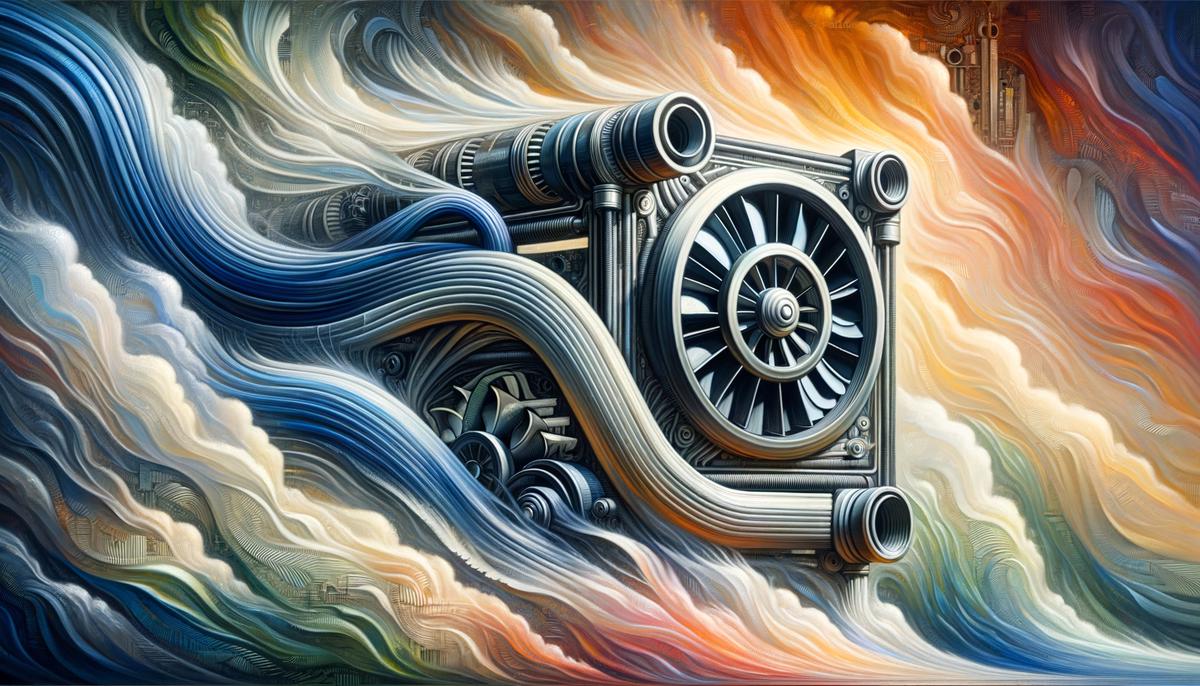
Installation and Maintenance of Intercoolers
Ensuring your turbocharged vehicle’s intercooler is correctly installed is crucial. Position it so there’s a clear path for cool air to reach it; any obstacles can significantly hinder its efficiency. Use secure mounts to prevent vibrations which could damage the intercooler over time. Remember, even a small misalignment can lead to big problems, such as reduced cooling effectiveness or increased wear on other components.
Checking for leaks in the system is another critical step post-installation. Even minor leaks can lead to significant performance drops. A simple way to test this is by using a soapy water solution; apply it along connections and look for bubbles that indicate escaping air.
Routine maintenance of the intercooler involves keeping it clean from any obstructions, like leaves or debris, that might block airflow. A blocked intercooler can’t perform its job properly, akin to trying to breathe through a straw; it’s a struggle and doesn’t end well. Use a soft brush or compressed air to gently clear away anything caught in the fins, taking care not to bend them as they’re quite sensitive.
Periodically, it’s wise to inspect the hoses and clamps connected to the intercooler. These components can degrade over time due to heat exposure and constant pressure changes. Replacing any brittle or cracked hoses and tightening or replacing worn clamps will ensure no boost is lost and the system remains sealed effectively.
Another aspect not to be overlooked is the monitoring of engine performance and temperatures post-installation. A properly functioning intercooler should result in noticeable improvements in horsepower and fuel efficiency while keeping engine temperatures controlled. If performance seems to lag or temperatures rise unexpectedly, it could signal an issue within the intercooler system that needs attention.
Over time, consider assessing the internal condition of the intercooler. Internal buildup can occur, reducing the intercooler’s efficiency. Although more involved, cleaning the inside of the intercooler can restore its performance level. This task might require professional help depending on your comfort level and the complexity of your vehicle’s setup.
Lastly, always keep an eye on the overall health of your turbocharged system. The intercooler plays a significant role, but it operates in concert with other components. Regular checks and maintenance of the entire system, not just the intercooler, will help ensure your vehicle runs smoothly and performs at its best for years to come. Prioritizing these practices will safeguard your investment and enhance your driving experience, ensuring every press of the pedal brings that satisfying surge of power you expect from a turbocharged engine.
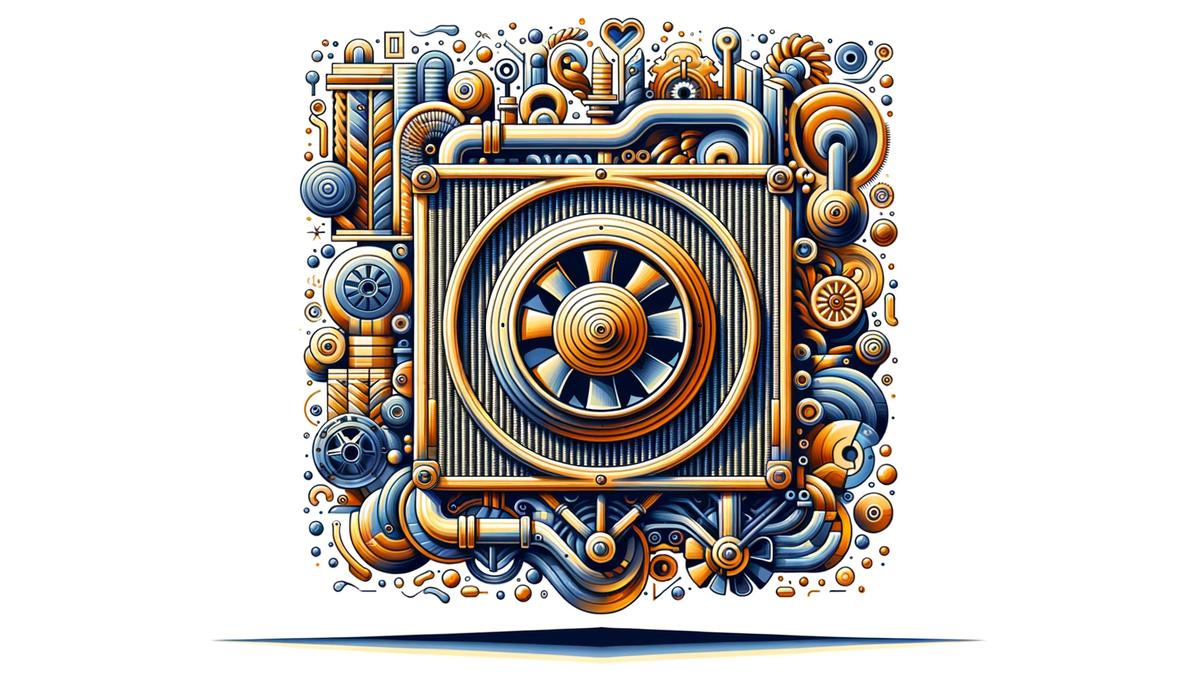
Technological Advancements in Intercooler Design
Recent advancements in intercooler technology are pushing the boundaries of thermal efficiency, resulting in designs that cool engine air more effectively than ever. Manufacturers are exploring new materials that offer enhanced thermal properties while reducing weight. For example, the utilization of carbon fiber in some intercooler components has been gaining traction. Carbon fiber is not only lighter than aluminum but also has a lower heat capacity, making it quicker to release accumulated heat.
In terms of innovative cooling methods, phase change materials (PCMs) integrated within intercooler systems present a groundbreaking approach. These materials absorb heat when the air temperature rises, changing from solid to liquid, and effectively removing heat from the intake air. When the temperature drops, the PCM solidifies, releasing the stored heat outside the intercooler system. This dynamic process can significantly minimize temperature fluctuations and improve engine performance under varying load conditions.
The advent of 3D printing technology has opened the door to customized intercooler designs that were previously inconceivable. Using 3D printing, engineers can now create intricate internal structures that facilitate more efficient airflow and cooling paths within the intercooler. This customization allows for an almost tailor-made fit for specific engine configurations, optimizing performance and efficiency beyond the capabilities of traditional manufacturing methods.
Also, advancements in computational fluid dynamics (CFD) software enable more precise modeling of airflow and heat exchange within the intercooler. This has led to the development of more efficient core designs that maximize cooling while minimizing pressure drop across the intercooler. By accurately predicting how different design changes will impact performance, manufacturers can optimize intercoolers for specific vehicle applications without extensive physical prototyping.
Another significant breakthrough is the integration of electrically assisted intercoolers. These units employ electric fans or pumps to augment the flow of air or coolant through the intercooler, irrespective of engine speed. This means turbocharged engines can achieve optimal intake air temperatures even at low RPMs, reducing turbo lag and enhancing throttle response.
The focus on modularity in intercooler design has also seen considerable development. Modular intercoolers offer the flexibility to adapt or upgrade components such as the core, end tanks, or piping to suit changing performance needs or to accommodate engine modifications without requiring a completely new system.
With environmental concerns at the forefront, some new intercoolers are designed to be more eco-friendly. By improving thermal efficiency and reducing pressure drop, these intercoolers contribute to lower engine emissions, complementing the automotive industry’s push towards sustainability.
Put together, these technological advances are not just enhancing the performance, efficiency, and flexibility of intercooler systems but are also aligning with broader trends towards lighter, more sustainable, and customizable automotive technologies. The end game is to deliver cool, dense air to turbocharged engines more efficiently than ever before, fueling the quest for power and performance in harmony with environmental stewardship.
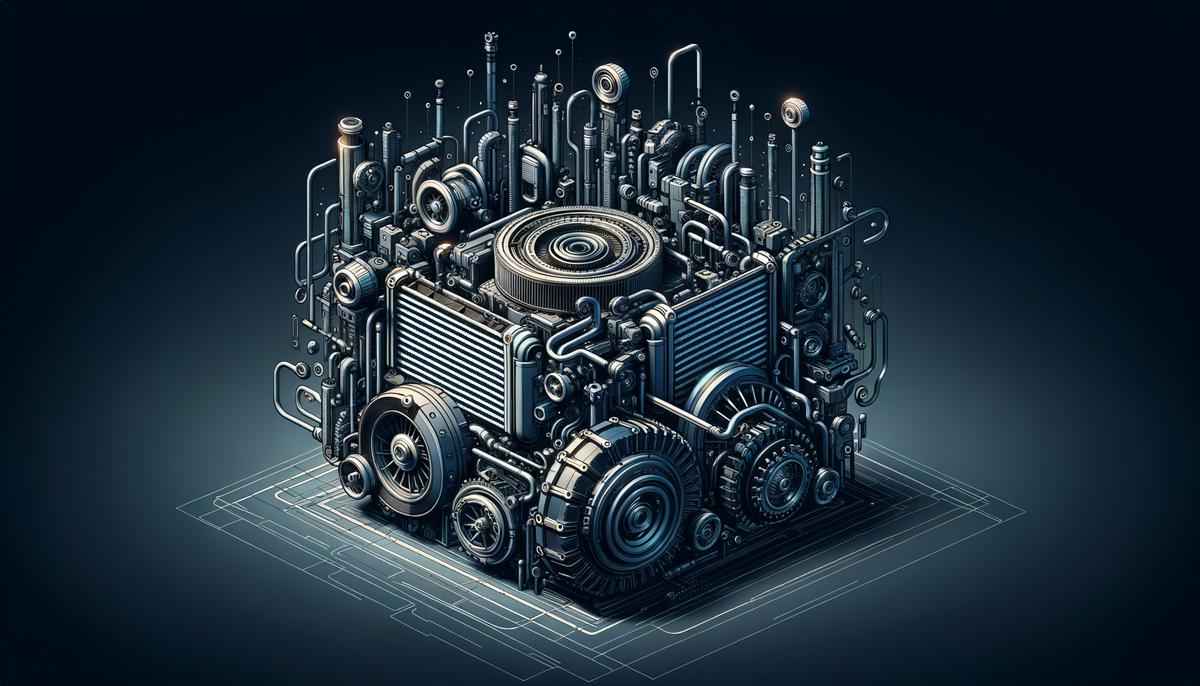
In conclusion, the significance of intercoolers in turbocharged engines cannot be overstated. They are indispensable in cooling down the intake air, making it denser for optimal combustion, which not only boosts performance but also contributes to the engine’s durability. This critical balance between power and preservation underscores the intercooler’s vital role in automotive engineering, ensuring that your vehicle not only runs smoother but lasts longer.
